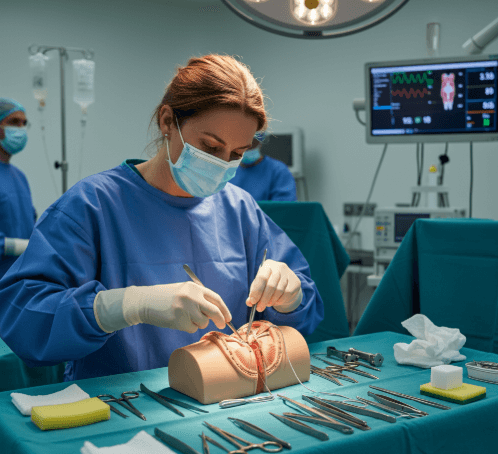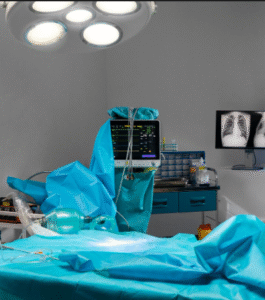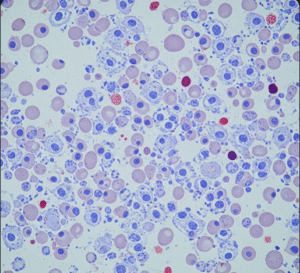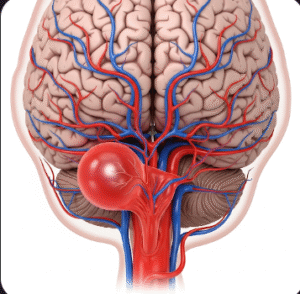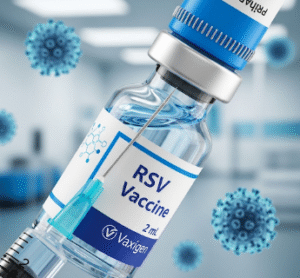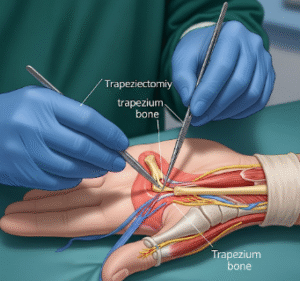What it is
Anal sphincter repair after childbirth is a surgical procedure to restore the function of the anal sphincter muscles when they are torn or damaged during vaginal delivery. Severe perineal tears, particularly third- and fourth-degree lacerations, can injure the anal sphincter and rectal tissues, leading to fecal incontinence, gas leakage, or pelvic discomfort.
In Korea, this repair is performed using advanced surgical techniques and specialized women’s health care programs, often as part of postpartum recovery. The aim is to restore muscle integrity, improve bowel control, and enhance quality of life.
➡️ Key facts about anal sphincter repair:
- Usually performed immediately after delivery if a tear occurs, or later as a secondary repair if symptoms persist
- Can significantly improve continence and reduce pain
- Often combined with pelvic floor therapy for long-term recovery
Why it’s done
Anal sphincter injuries after childbirth can seriously impact daily life, making surgical repair essential.
✔️ Medical reasons for repair include:
- Fecal incontinence (loss of stool or gas control)
- Chronic perineal pain or pelvic pressure
- Difficulty with bowel movements due to weakened muscles
- Reduced sexual function linked to scarring or pain
- Prevention of long-term complications such as rectovaginal fistula
✔️ Benefits of anal sphincter repair:
- Restores bowel and gas control
- Relieves perineal and pelvic discomfort
- Improves sexual health and confidence
- Enhances postpartum recovery and overall well-being
Alternatives
While surgery is often necessary for significant tears, alternatives may support recovery or be used in mild cases.
🔹 Pelvic floor therapy:
- Kegel exercises, biofeedback, and electrical stimulation
- Improves muscle strength and continence in mild injuries
🔹 Medications:
- Stool softeners to reduce strain during healing
- Pain management for comfort
🔹 Lifestyle modifications:
- High-fiber diet and hydration to prevent constipation
- Avoiding heavy lifting and straining
🔹 Observation:
- Very small or partial tears may heal naturally with conservative care
Preparation
Preparation for anal sphincter repair is important for safety and success.
➡️ Medical preparation:
- Pelvic and rectal exam to assess injury severity
- Ultrasound or MRI may be used to evaluate muscle damage
- Blood tests and anesthesia consultation before surgery
➡️ Personal preparation:
- Fasting before surgery if general anesthesia is planned
- Discussing childbirth history, symptoms, and continence issues with the surgeon
- Arranging postpartum support at home for rest and recovery
➡️ Mental preparation:
- Understanding that repair can improve symptoms but may not restore perfect function in all cases
- Preparing emotionally for lifestyle adjustments during recovery
- Counseling available for women experiencing anxiety, embarrassment, or trauma from childbirth injury
How it’s done
Anal sphincter repair in Korea is performed by skilled surgeons specializing in urogynecology or colorectal surgery.
✔️ Step 1 – Anesthesia
- Regional (spinal) or general anesthesia provided for comfort
✔️ Step 2 – Accessing the tear
- Vaginal or perineal incision made to expose the torn sphincter
- Scar tissue carefully removed if a delayed repair is being performed
✔️ Step 3 – Muscle repair
- Torn ends of the sphincter identified and stitched back together (end-to-end repair)
- In some cases, overlapping repair is performed for added strength
✔️ Step 4 – Tissue reconstruction
- Vaginal and perineal tissues repaired in layers
- Dissolvable sutures used to promote healing
✔️ Step 5 – Completion
- Rectal tone and muscle strength checked before surgery is completed
✔️ Duration:
- Surgery typically lasts 1–2 hours
- Hospital stay: 1–3 days depending on severity
Recovery
Recovery after anal sphincter repair is gradual but usually successful with proper care.
➡️ Immediate recovery:
- Pain, swelling, and perineal discomfort managed with medication
- Temporary catheter or stool softeners may be used
- Monitoring for bleeding or infection
➡️ Physical recovery:
- Return to light activities in 2–3 weeks
- Full healing within 6–8 weeks
- Avoiding sexual intercourse, heavy lifting, and strenuous exercise until cleared by the doctor
➡️ Emotional recovery:
- Relief from incontinence improves self-esteem
- Counseling may help women dealing with trauma, embarrassment, or intimacy issues
- Many women regain confidence in daily and social activities
➡️ Key recommendations:
- Maintain a high-fiber diet and adequate hydration to prevent constipation
- Sitz baths and proper hygiene to aid healing
- Pelvic floor therapy after recovery for long-term continence
- Attending all follow-up visits for assessment
Treatment option in Korea
Korea is highly advanced in women’s pelvic reconstructive surgery, making it a top destination for anal sphincter repair after childbirth.
✔️ Hospital facilities:
- Specialized urogynecology and colorectal units
- Equipped with advanced imaging and minimally invasive surgical tools
- Postpartum care centers integrated with hospitals for complete recovery
✔️ Medical expertise:
- Surgeons with extensive experience in obstetric injury repair
- High success rates in restoring continence and pelvic function
- Personalized care combining surgical repair with rehabilitation programs
✔️ Postoperative care:
- Access to pelvic floor therapy as part of postpartum recovery
- Pain management and emotional counseling services
- Holistic programs including nutrition, physical therapy, and stress reduction
✔️ Cultural aspect:
- In Korea, postpartum recovery is deeply valued, with Sanhujoriwon-style centers supporting mothers with rest, rehabilitation, and therapy after childbirth injuries
- Strong emphasis on privacy, dignity, and holistic healing
➡️ Highlight: Anal sphincter repair after childbirth in Korea provides expert surgical care, advanced recovery programs, and holistic postpartum support, ensuring women regain continence, comfort, and quality of life.

